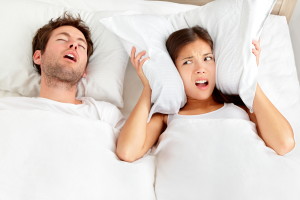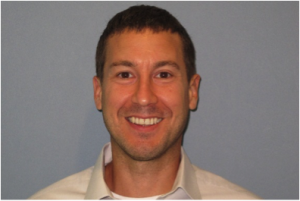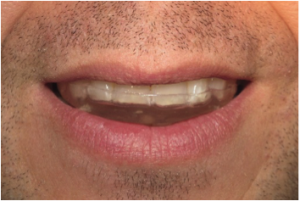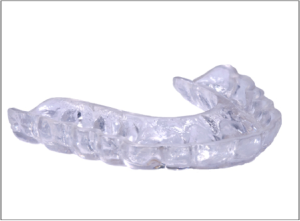By: Dr. Elizabeth Eggert
 Do you ever wake up with a dull ache in your jaw? Or, after a stressful day at work, do you find you’re always fighting a headache right at your temples? Chances are you didn’t sleep on your jaw funny or have a tension headache. You likely are clenching your jaw or grinding your teeth.
Do you ever wake up with a dull ache in your jaw? Or, after a stressful day at work, do you find you’re always fighting a headache right at your temples? Chances are you didn’t sleep on your jaw funny or have a tension headache. You likely are clenching your jaw or grinding your teeth.
Dentists call clenching or grinding of the teeth bruxism. Most people do not even know they have it, as they might not be conscious of the fact they’re clenching their jaw during the day or grinding their teeth at night. And while many cases of bruxism are mild, some can be severe—and painful.
Severe bruxism can cause damage to your teeth and even cause your jaw to become unaligned. Clenching and grinding your teeth can also do damage to crowns and other dental work. That’s why it’s a good idea to talk with us if you suspect you’re clenching or grinding.
Bruxism: Causes
Dentists and doctors are not sure what causes bruxism, but we have some informed guesses. The cause may be physiological, such as abnormal alignment of your upper and lower teeth. But emotions such as stress, anxiety, anger, and frustration might also cause people to clench and grind their teeth.
Bruxism: Know the Signs
It’s not always possible to catch yourself grinding or clenching your teeth. But you can watch out for some of the physical signs that point to bruxism. Here is a short list of symptoms to look out for:
- chipped, loose, flat, fractured, or worn teeth
- damage to cheek tissue
- headache or earache
- indentations on your tongue
- jaw does not open or close completely
- tired or tight jaw muscles
- tooth sensitivity
- worn tooth enamel
If you notice any of these symptoms, it’s time to schedule a dentist’s appointment with Eggert Family Dentistry. We’ll give you tips you can use at home to alleviate the discomfort bruxism causes. In more severe cases, we may recommend fitting you for a splint or night guard to protect your teeth while you sleep. In extreme cases, we may recommend correcting misaligned teeth with orthodontics.
Think you or a loved one are clenching and grinding? Schedule an appointment to find out. Email Eggert Family Dentistry or call (651) 482-8412 today.
 We’ve all experienced the way stress manifests itself in our bodies. Tension headaches are just one common example. But many of us hold stress in our jaws or relieve stress by grinding our teeth. We might not even know we’re doing so, leading to discomfort and pain down the road.
We’ve all experienced the way stress manifests itself in our bodies. Tension headaches are just one common example. But many of us hold stress in our jaws or relieve stress by grinding our teeth. We might not even know we’re doing so, leading to discomfort and pain down the road.




